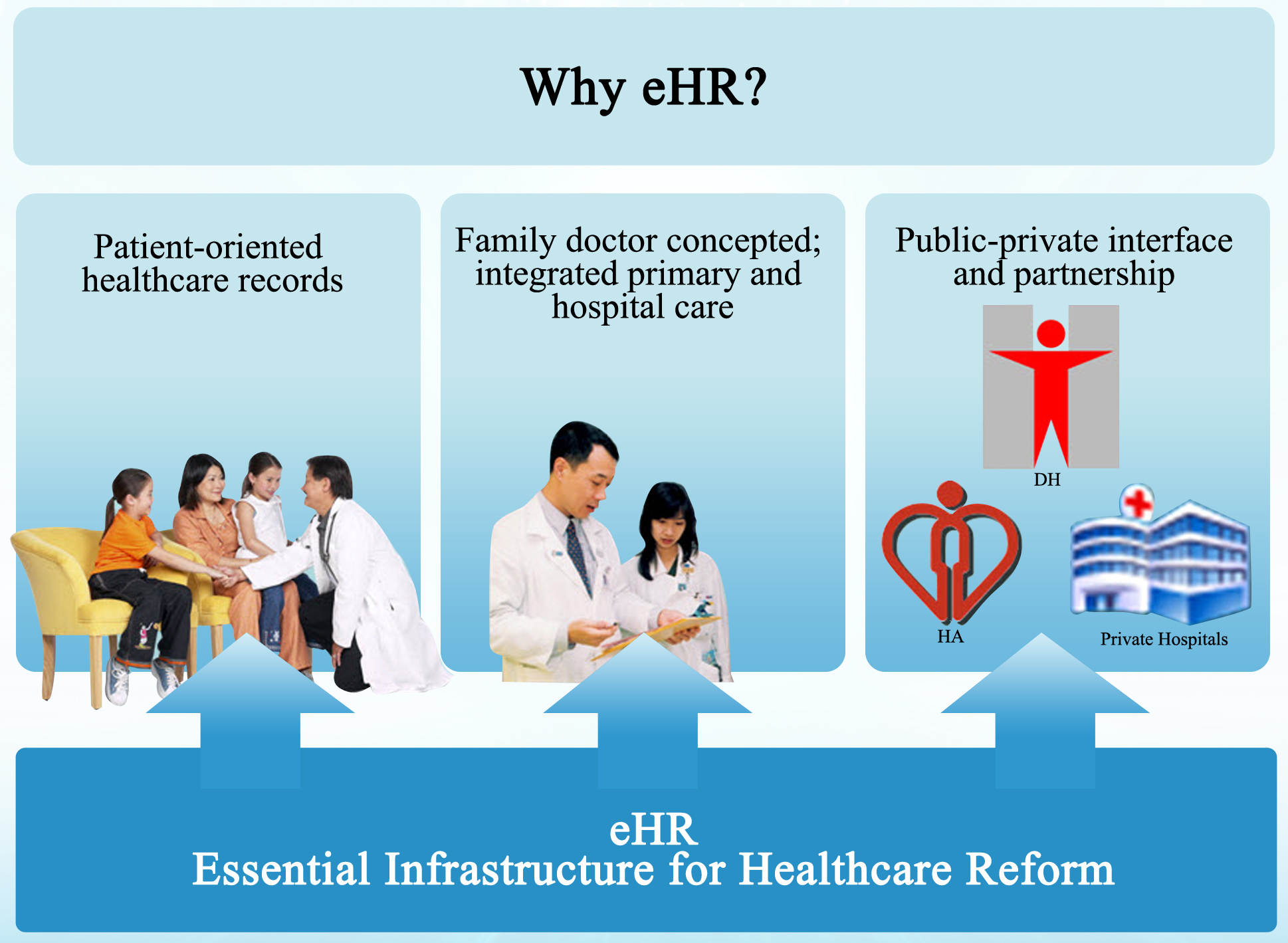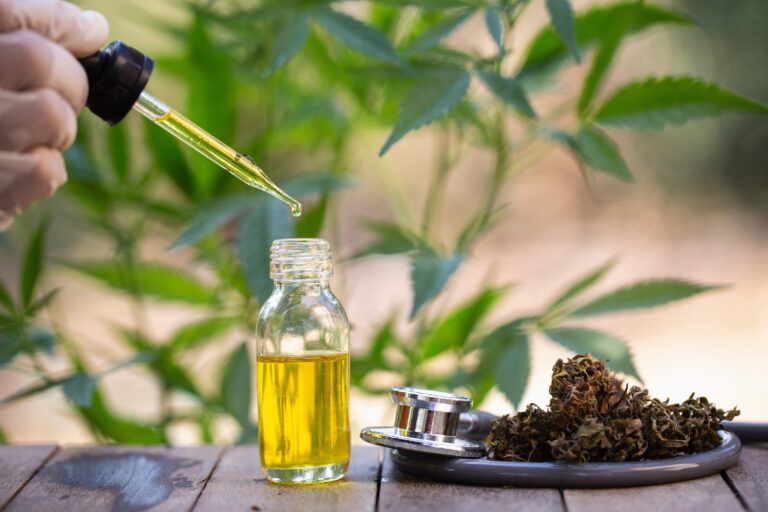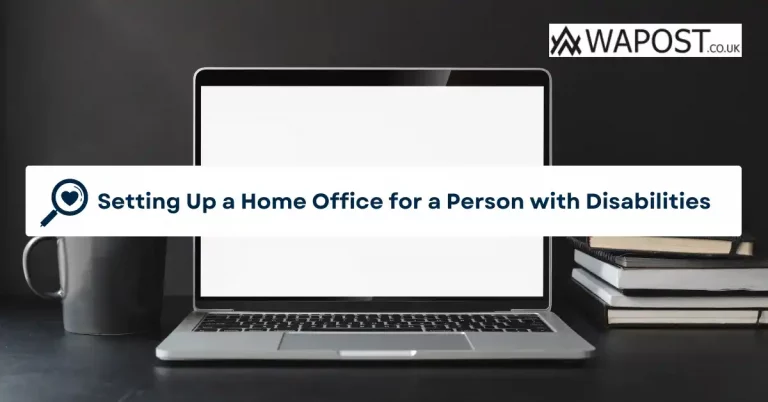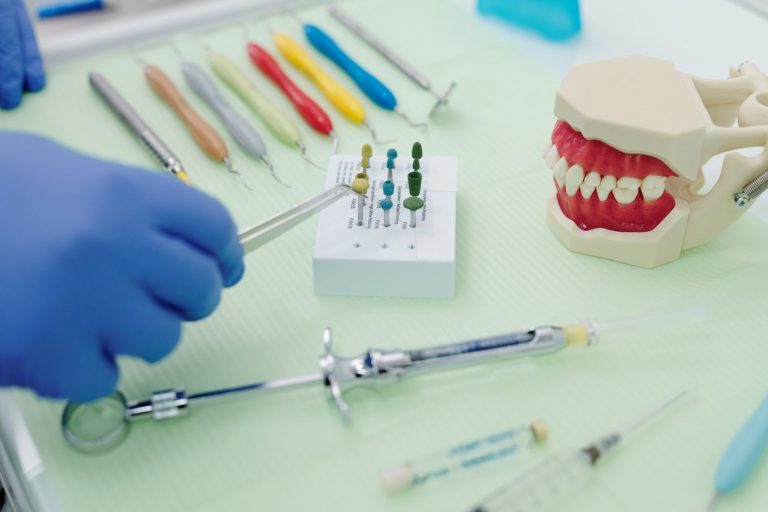Understanding The Background Of Electronic Health Record.
What is Electronic Health Records (EHRs)
An electronic health record (EHR) is a person’s legitimate health archive that is shared among various offices and organizations. The job of EHRs is getting progressively compelling as more patient information becomes advanced and bigger quantities of shoppers express a craving to have versatile access to their health records.
Among different kinds of information, an EHR commonly incorporates:
- Contact information
- Information about visits to healthcare experts
- Sensitivities
- Protection information
- Family ancestry
- Vaccination status
- Information about any conditions or ailments
- A rundown of prescriptions
- Records of hospitalization
- Information about any medical procedures or strategies performed
- It is likewise getting more typical to see medical pictures connected to EHRs.

History of Electronic Health Records (EHRs)
Before the 1960s, every single medical record was kept on paper and in manual documenting frameworks. Determinations, lab reports, visit notes, and medicine headings were completely composed and kept up utilizing pieces of paper bound together in a patient’s medical record. Those records were named utilizing the patient’s last name, last scarcely any quantities of the patient’s government disability number, or some other outline numbering framework. The records were then documented and recovered from exceptionally made racks intended to hold vertical record organizers.
In the mid-1960s, Lockheed built up an electronic framework referred to then as a clinical information framework. The rest, as it’s been said, is history.
Other innovation and designing organizations began to create electronic medical records frameworks for clinics and colleges. During the 1970s, the government “started utilizing EHR … with the Department of Veteran Affairs’ usage of VistA, initially known as Decentralized Hospital Computer Program (DHCP),” as indicated by an article in the AMA Journal of Ethics. By the 1980s, more engaged endeavors were made to build the utilization of EHR among medical practices.
The Institute of Medicine (IoM) executed an investigation of paper record use in the mid-1980s and distributed the outcomes in 1991. The report contended the case for utilizing EHR, “as one of seven key suggestions for improving patient records, and to propose a method for changing over the paper to electronic records.”
Read More: https://truthfrequencynews.com/mesothelioma-causes-symptoms-treatment-and-prognosis/
Today, the EHR is a safe and viable device for keeping up a patient’s healthcare information, for speaking with patients and different suppliers, and for supporting the patient-doctor relationship. No more rearranging through paper documents, sitting tight for faxes or scanning for administrative work to have the option to give quality care to patients.
Benefits of Electronic Health Records
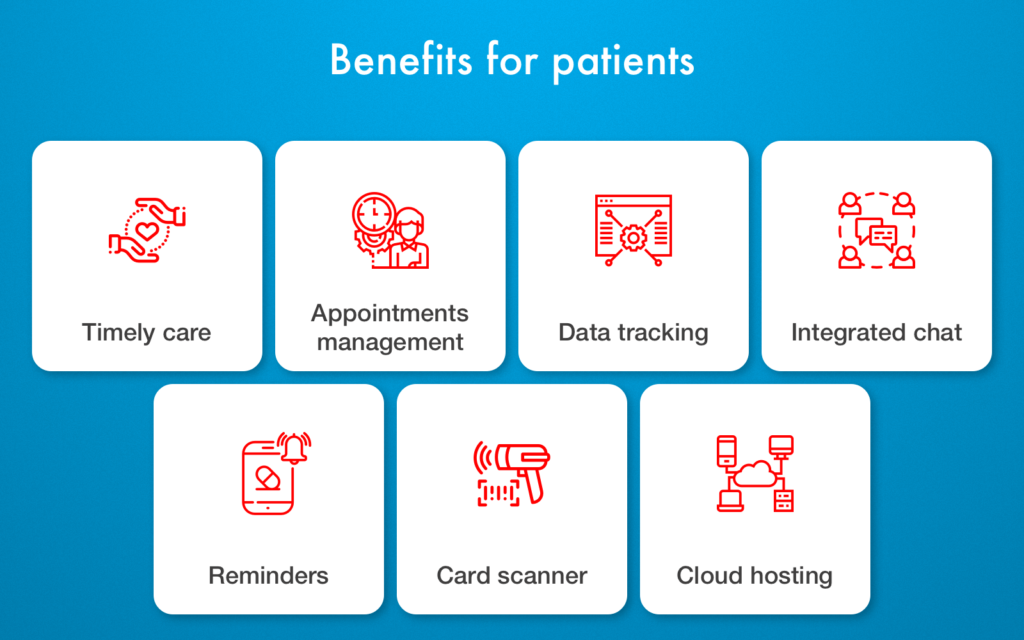
EHRs and the capacity to trade health information electronically can assist you with giving higher caliber and more secure care for patients while making substantial improvements for your association. EHRs assist suppliers with bettering oversee care for patients and give better health care by:
- Giving precise, state-of-the-art, and complete information about patients at the purpose of care
- Empowering speedy access to patient records for more planned, proficient care
- Safely offering electronic information to patients and different clinicians
- Helping suppliers more viably analyze patients, diminish medical mistakes, and give more secure care
- Improving patient and supplier connection and correspondence, just as health care comfort
- Empowering more secure, more solid recommending
- Advancing decipherable, complete documentation and exact, streamlined coding and charging
- Improving the protection and security of patient information
- Helping suppliers improve efficiency and work-life balance
- Empowering suppliers to improve proficiency and meet their business goals
- Lessening costs through diminished desk work, improved security decreased duplication of testing, and improved health.
Take the First Step:
- Contact your nearby REC to see whether you are qualified for nothing or discounted value support. Your nearby Regional Extension Center (REC) can assist you with understanding the advantages of electronic health records. RECs are situated in each district of the nation to assist health with caring suppliers select, execute, and become adroit and significant clients of EHRs.
- Download Health IT Implementation Resources
- Audit the 6 Implementation Steps
Other Benefits
Changed Health Care
- Electronic Health Records (EHRs) are the initial step to changed health care. The advantages of electronic health records include:
- Better health care by improving all parts of patient care, including security, adequacy, patient-centeredness, correspondence, instruction, practicality, proficiency, and value.
- Better health by empowering healthier ways of life in the whole populace, including expanded physical movement, better sustenance, evasion of social dangers, and more extensive utilization of deterrent care.
- Improved efficiencies and lower health care costs by advancing protection medication and improved coordination of health care administrations, just as by diminishing waste and excess tests.
- Better clinical dynamics by incorporating patient information from different sources.

